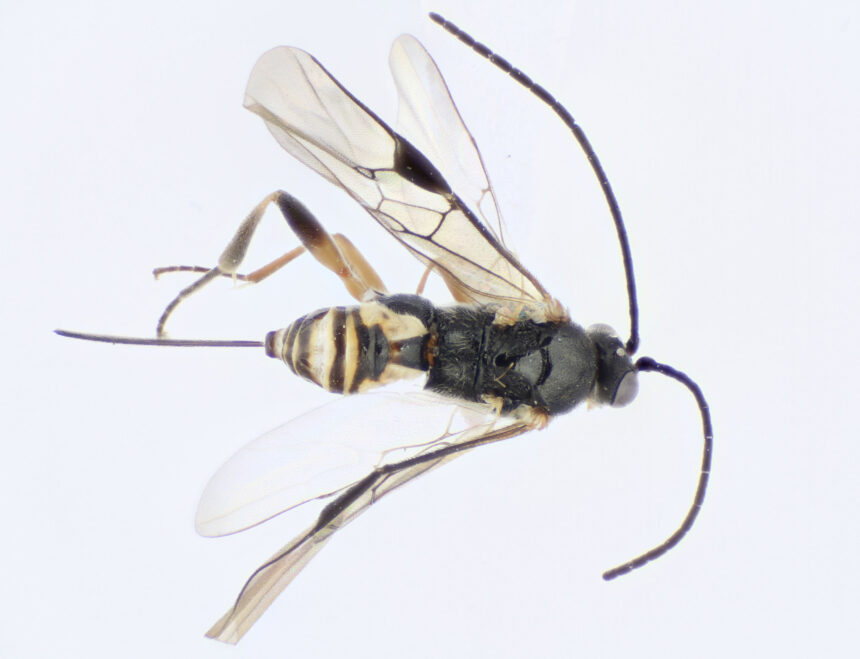Fourteen newly discovered species of wasps have been named after the villainous Daleks from Doctor Who.
The insects were given the genus by London’s Natural History Museum to mark the show’s 60th anniversary.
They were among 619 wasp species described by the museum across more than 700 research papers in 2023, which detailed 815 new species overall.
One of them was a 407-million-year-old parasitic fungus named after children’s author Beatrix Potter.
Potteromyces asteroxylicola was discovered infecting the roots of ancient plants and is thought to be the earliest disease-causing fungus ever found.
It honours the Peter Rabbit writer’s reputation as a dedicated mycologist – someone who studies fungi.
Other highlights from the year include a new dinosaur found on the Isle of Wight, which was the first discovered on the island for 142 years, and the fossil of a giant penguin uncovered on a New Zealand beach.
Named Kumimanu fordycei, the bird weighed an estimated 150 kilograms and dates back more than 50 million years.
A stick insect on the side of a bin in Australia and a moth in Ealing, west London, were among the slightly less remarkable finds.
The latter, an Australian native called Tachystola mulliganae, was found by lifelong moth enthusiast Barbara Mulligan and hailed by the museum as a “real coup for citizen science”.







